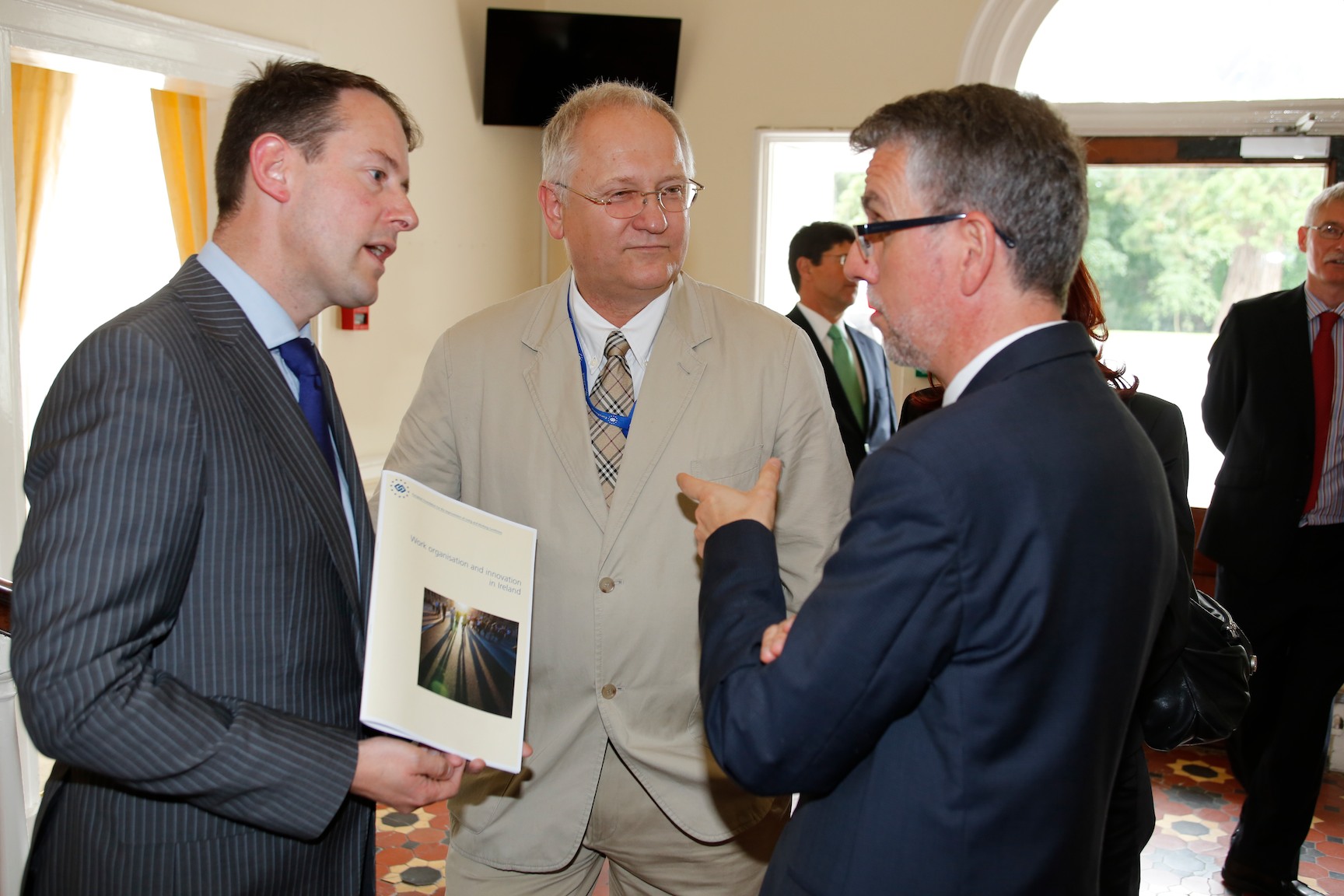
An economic environment where jobs are constantly under threat concentrates minds on how to strengthen underperforming enterprises so that existing jobs are secured. A lot of optimism has been invested in the potential that innovating in work practices holds for improving productivity.
This is not a matter of simply putting a squeeze on workers to work harder; current thinking on workplace innovation emphasises that improving the quality of work is inherent in the process, to sustain long-term performance. It's a move away from the hierarchical control practices of Taylorist management towards practices that aim to elicit commitment from workers and devolve decision-making to them.
But does this scenario of mutual benefit exist only on the pages of textbooks and policy documents? Eurofound has just published the results of a study that back up the theory, providing evidence that it is borne out when these innovations are put into practice. The research is based on case studies of three Irish manufacturing companies (producing car parts, packaging and medical devices), each of which was dealing with problems related to quality or production costs. All three introduced changes in the organisation of work, such as teamworking, lean production (minimising the amount of time and resources used in the production process) and cellular manufacturing (grouping people and resources in a self-contained unit to produce an entire product).
Culture shift
These changes in the practical organisation of work were underpinned by a shift in organisational culture, which placed much greater priority on employee involvement in decision-making and shifting more responsibility from management to employees. Following these transformations, productivity improved in all enterprises, alongside benefits for staff such as improvements in pay, more opportunities to avail of training, greater job satisfaction and increased autonomy.
There was also evidence that social dialogue and the involvement of worker representatives made a valuable contribution. Trade union representatives facilitated employee acceptance of the innovations and implementation of the changes in all three companies.
There is a downside, however, because improvements in efficiency reduce the number of staff needed. In one company, staff numbers fell through natural wastage as the plant’s efficiency increased, while the other two anticipate staff reductions in the future. However, if improved efficiency eventually leads to growth, jobs could conceivably be recouped in the future.
The benefits of workplace innovations are not uncontested. Other research has found while employees may benefit through increased job satisfaction or profit-sharing, such benefits may entail intensification of work and increased stress. Or the organisation may profit while the gains for employees are relatively minor. The key, then, is to identify and introduce those innovations that create mutual gains for employees and organisations alike.
To examine the findings in more depth, read the report Work organisation and innovation in Ireland, which was launched by the Irish Minister of State for Research and Innovation, Sean Sherlock.